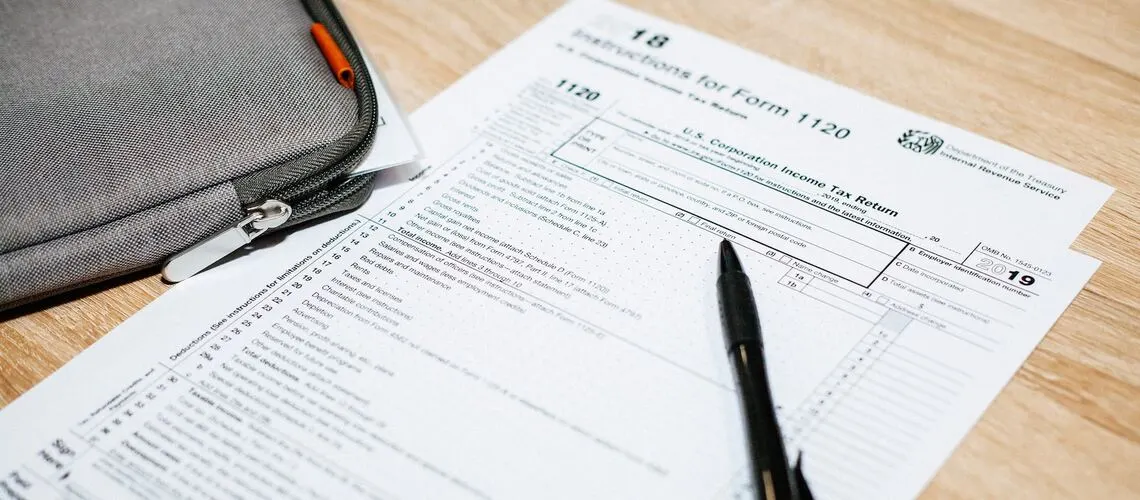Property valuations are crucial for homeowners, whether you’re buying, selling, or refinancing in Australia. A valuation report serves as a foundational document that provides an estimate of a property’s value based on various factors. But for many, deciphering the jargon and understanding the nuances can be daunting. Let’s dive deep into the valuation report and learn how to navigate its intricacies.
What is a Valuation Report?
A valuation report, in essence, is an assessment made by certified professionals regarding the estimated market value of a property. Typically, it’s used by financial institutions, real estate agents, and homeowners to ascertain a property’s worth in the current market.
Key Components of a Property Valuation Report
1. Executive Summary
This section offers a snapshot of the property in question, presenting its address, type (e.g., residential, commercial), and the estimated value. The executive summary serves as a quick reference for anyone skimming the report.
2. Methodology
It outlines the methods used by the valuer to determine the property’s worth. Common approaches in Australia include the Direct Comparison Method, the Summation Approach, and the Capitalization of Net Income method.
3. Property Details
Here, you’ll find comprehensive information about the property: its size, age, layout, number of rooms, and any unique features that might affect its value.
4. Market Analysis
The market analysis offers insights into current real estate trends in Australia or specific regions, comparing similar properties, their selling prices, and how long they remained on the market.
5. Limitations and Disclaimers
In this section, valuers address any factors that might affect the accuracy of the valuation, such as unforeseen property damages or changing market conditions.
Decoding the Jargon
Understanding property valuation reports often means navigating through industry-specific terms. Here’s a quick glossary:
- Comparable Sales: References to similar properties that have sold recently, providing a basis for the valuation.
- Yield: Represents the return on investment for a property, often relevant for rental properties.
- Sworn Valuation: An official report that’s provided under oath, commonly used in legal proceedings.
- Zoning: Information about how the land can be used (e.g., residential, commercial, industrial).
- Encumbrance: Any claims or liens against the property that might affect its value or marketability.
Why is the Valuation Report Important in Australia?
In Australia’s dynamic property market, a valuation report plays a pivotal role. Here’s why:
1. Securing a Mortgage
Banks and financial institutions rely on valuation reports to determine how much they’re willing to lend for a property purchase or refinance.
2. Selling or Buying a Home
For sellers, a valuation report helps set a realistic asking price. Buyers, on the other hand, can use it to gauge if a property is fairly priced.
3. Tax Purposes
Understanding the market value of a property is crucial for calculating taxes, especially capital gains tax.
Tips for Interpreting a Valuation Report
– Always consider the date of the report. Property markets change, and a valuation can become outdated.
– Look at the methodology used and ensure it’s suitable for the type of property and its location.
– Compare the property’s features against those of the referenced comparable sales to ensure accuracy.
The valuation report is a cornerstone document for homeowners in Australia, affecting decisions on buying, selling, and financing. With this guide, navigating and understanding its details becomes a straightforward task. Armed with knowledge, you can confidently make informed decisions about your property in Australia’s bustling real estate market.



